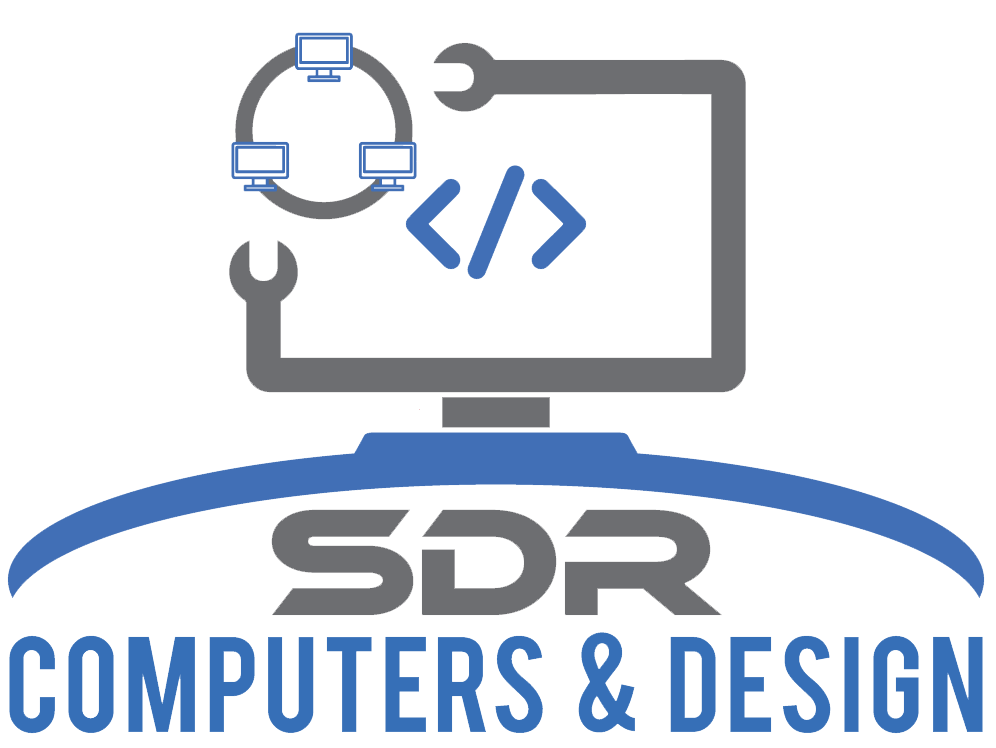Web Design
Web Design
How elements (like text, images, videos, and navigation) are arranged on the page for optimal user experience.
Color Scheme: Use of colors to create a visually appealing and cohesive look that aligns with brand identity.
Typography: Selection of fonts (typefaces), sizes, and spacing to enhance readability and convey the right tone.
Images and Graphics: Integration of high-quality visuals that complement the content and engage users.
- Navigation: Ease of navigating through the website, including menus, breadcrumbs, and internal links.
- Mobile Responsiveness: Ensuring the website functions and looks good on various devices and screen sizes.
- Load Speed: Optimizing page load times to improve user experience and SEO.
- Accessibility: Designing for users with disabilities, ensuring content is perceivable, operable, and understandable.


Content Design
- Content Hierarchy: Organizing content based on importance, using headings, subheadings, and whitespace.
- Readability: Ensuring text is legible with appropriate contrast, font sizes, and line spacing.
- Multimedia Integration: Incorporating videos, audio, infographics, and interactive elements to enhance engagement.
Interaction Design
Forms and Calls-to-Action (CTAs): Designing forms that are easy to fill out and CTAs that prompt user actions.
Feedback and Error Handling: Providing clear feedback for user actions and handling errors gracefully.
Animations and Microinteractions: Using subtle animations and microinteractions to make interactions more engaging and intuitive.
Design Process
- Research and Planning: Understanding client goals, target audience, and competitors.
- Wireframing and Prototyping: Creating visual layouts and interactive prototypes to iterate on design concepts.
- Testing and Iteration: Gathering feedback and making improvements based on user testing and client feedback.
- Launch and Maintenance: Deploying the website and ongoing maintenance to ensure it remains functional and up-to-date.
Technical Aspects
- Responsive Web Design (RWD): Designing websites to automatically adjust to different screen sizes and orientations.
- Cross-Browser Compatibility: Ensuring the website works well on different web browsers (e.g., Chrome, Firefox, Safari, Edge).
- SEO (Search Engine Optimization): Implementing SEO best practices in design to improve visibility in search engine results.
Collaboration and Communication
- Client Collaboration: Working closely with clients to understand their vision and incorporate feedback.
- Team Collaboration: Collaborating with developers, marketers, and content creators to achieve project goals.
- Documentation: Documenting design decisions, guidelines, and style guides for consistency.
Effective web design involves a blend of creativity, usability, and technical expertise to create a compelling and user-friendly online experience. By focusing on these detailed aspects, designers can create websites that not only look visually appealing but also perform well and meet the needs of their users and clients.
